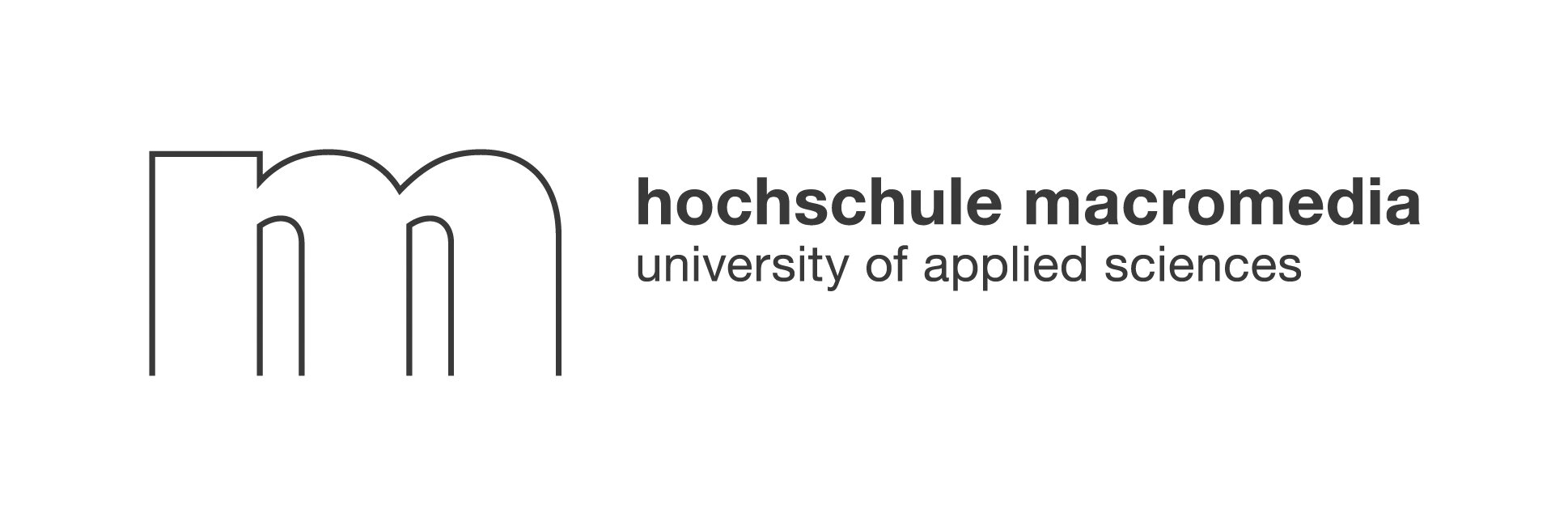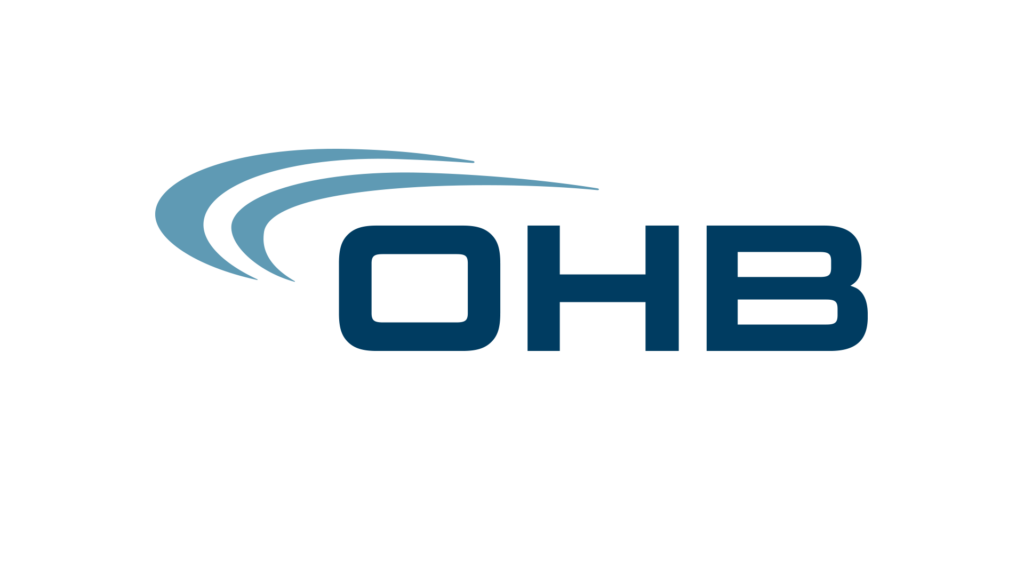Employee retention rate is more than a number on a dashboard—it’s a window into the heart of your organization. In 2025, as hybrid and remote work become the new normal, every HR leader wants to know: how can we keep our best people, nurture a culture where they thrive, and avoid the costly cycle of constant turnover? This guide unpacks exactly what employee retention rate means, why it matters, and how innovative approaches—like Neroia’s AI-driven micro-events—are transforming retention in the modern workplace. Read on to discover how to calculate your rate, benchmark against your peers, and implement data-driven strategies that go far beyond generic perks.
1. Understanding the Employee Retention Rate
What the metric really measures
The employee retention rate measures the percentage of employees who remain at your company over a specific period. It answers a simple but crucial question: out of everyone who started with you at the beginning of the year (or quarter), how many are still with you at the end? This metric excludes new hires during the period, focusing on the stability of your existing team.
A high employee retention rate signals a healthy, stable workplace where people want to stay. A low rate, on the other hand, can be a red flag for issues like disengagement, poor management, or lack of growth opportunities.
“Employee retention rate is a direct reflection of how well an organization meets its people’s needs and aspirations.”
Retention vs turnover: two sides of the coin
It’s easy to confuse retention rate with turnover rate, but they’re distinct. Retention rate shows how many employees stayed; turnover rate shows how many left. They’re complementary: if your annual retention rate is 85%, your turnover rate for the same period is typically 15%. Tracking both gives a fuller picture of workforce stability and helps pinpoint whether departures are a blip or a trend.
2. Why Retention Matters to Business Health

Cost implications of losing talent
Losing a valued employee is expensive. According to industry studies, replacing a single employee can cost between 6 to 9 months of their salary. This includes recruitment, onboarding, and the loss of institutional knowledge. For small teams, even one departure can disrupt operations and morale.
But the real cost isn’t just financial. Every exit means lost relationships, delayed projects, and time spent training replacements. High turnover can also damage your employer brand, making it harder to attract top talent in the future.
Impact on culture, productivity, and customer experience
When employees stay, they build stronger relationships, understand your processes deeply, and contribute to a positive culture. High retention leads to better collaboration, higher productivity, and a more consistent customer experience.
On the flip side, frequent departures can create instability, lower morale, and even cause remaining employees to question their own future with the company.
“Organizations with high employee retention rates enjoy stronger cultures, better teamwork, and higher customer satisfaction.”
3. How to Calculate Employee Retention Rate Step by Step
Simple formula you can use today
Calculating your employee retention rate is straightforward. Use this formula:
Employee Retention Rate = (Number of employees at end of period / Number of employees at start of period) x 100
Be sure to only count employees who were present at both the start and end of the period. Exclude new hires who joined during the period.
Worked examples for small and large teams
Let’s see how this works in practice:
Suppose you started the year with 50 people and ended with 45. Your employee retention rate is (45/50) x 100 = 90%. This calculation can be done monthly, quarterly, or annually, depending on what you want to track.
4. Industry Benchmarks: What Is a Good Employee Retention Rate?
Average rates by sector in 2025
What counts as a “good” employee retention rate? It depends on your industry. In 2025, most organizations aim for at least 85-90%. Highly competitive sectors like tech or retail may see lower rates, while government, finance, and education often achieve higher stability.
Here’s a quick snapshot of average retention rates by sector:
Interpreting benchmark data for your context
Benchmarks are a starting point, not a finish line. If your employee retention rate is below your sector average, it’s a sign to investigate. But even above-average rates can hide pain points—are your high performers staying, or just your least engaged? Use benchmarks to set realistic goals, but always dig deeper into your own data for the full story.
5. Root Causes of a Low Employee Retention Rate
Engagement and culture gaps
Gallup’s latest research shows that “engagement and culture” are the leading reasons employees leave, accounting for over 40% of departures. When employees feel disconnected, undervalued, or isolated—especially in hybrid or remote settings—they’re more likely to look elsewhere.
Traditional retention tactics, like generic perks or large company events, often fall short in hybrid environments. These approaches may lack personalization and fail to address the unique needs of distributed teams.
Wellbeing, work-life balance, and compensation factors
The next biggest drivers are wellbeing and work-life balance (28% of departures), followed by compensation. In hybrid workplaces, employees can feel isolated or burnt out if support systems aren’t in place. If pay and benefits don’t keep up with industry standards, or if there’s no recognition for individual contributions, employees may decide to move on.
“Retention isn’t just about salary—it’s about feeling seen, supported, and connected to a vibrant culture.”
6. Data-Driven Strategies to Boost Retention
Strengthen culture and manager capability
The most effective way to improve your employee retention rate is to create a culture where people feel they belong. This starts with strong, empathetic managers who can build trust, set clear expectations, and support career growth.
But in hybrid and remote teams, building culture takes more than occasional town halls or digital happy hours. It requires ongoing, authentic connections at every level.
Career growth and internal mobility programs
Employees want to see a future with your company. According to LinkedIn, organizations with robust internal mobility programs enjoy 41% longer employee tenure. Offer learning and development opportunities, promote from within, and make career paths visible.
Recognition platforms like Achievers and L&D solutions like Culture Amp have become essential tools. They help track progress, celebrate wins, and ensure employees feel valued for their unique contributions.
Reward, recognition, and flexibility packages
Competitive compensation is still important, but it’s not the only factor. Flexible work arrangements, personalized benefits, and regular recognition can make a big difference.
Here are some proven ways to boost retention in 2025:
- Offer hybrid or flexible work schedules
- Provide access to wellness programs and mental health support
- Celebrate achievements with peer-to-peer recognition tools
- Integrate social benefits platforms that foster genuine connections
This is where Neroia’s approach stands out. Instead of relying on transactional perks, Neroia uses AI to curate micro-events—like yoga sessions, cycling meetups, and cultural exchanges—that bring 3-4 coworkers together based on shared interests and schedules. These experiences help break down silos, nurture authentic relationships, and build a culture of belonging.
“Neroia’s AI-driven micro-events make it effortless for employees to discover meaningful connections, even in a hybrid world.”
7. Tracking Progress: Tools and Metrics to Watch

HR tech for real-time retention analytics
Modern HR tech makes tracking your employee retention rate easier than ever. Human Resource Information Systems (HRIS) and analytics platforms can provide real-time dashboards, trend analysis, and anonymous feedback channels.
Pulse surveys and integrated recognition platforms (like Achievers) help you measure engagement, spot early warning signs, and tailor interventions to what your people actually need.
Setting targets and cadence for review
To keep your retention strategy on track:
- Set clear targets based on your industry benchmarks and business goals.
- Measure retention rate quarterly and annually.
- Analyze by segment (department, tenure, location) to identify hotspots.
- Gather feedback through surveys, stay interviews, and exit interviews.
- Adjust strategies based on data—don’t wait for annual reviews to make changes.
“Retention is a moving target. Regular check-ins and data-driven adjustments keep your culture vibrant and your team engaged.”
Why Traditional Retention Tactics Fall Short in Hybrid Workplaces
Many companies still rely on broad, one-size-fits-all retention strategies: company-wide happy hours, generic perks, or annual team-building retreats. In hybrid and remote settings, these often flop. Why?
- Lack of personalization: Not everyone wants the same perks or events.
- Hybrid isolation: Distributed teams miss out on organic connections.
- Engagement gaps: Large-scale events can feel forced or impersonal.
Employees crave authentic, informal interactions where they can be themselves—not just another face in a virtual crowd.
How Neroia Transforms Employee Retention Rate in the Modern Workplace
Neroia is reimagining employee engagement for the hybrid era. Its social employee benefits platform uses AI to recommend micro-events—small, interest-based gatherings that fit individual schedules and preferences. Think yoga sessions, company runs, cycling meetups, or cultural exchanges, all coordinated seamlessly.
What sets Neroia apart?
- AI-driven personalization: Employees effortlessly discover micro-events tailored to their interests, breaking down barriers and sparking genuine relationships.
- Minimal planning friction: The platform handles scheduling and group formation, removing the burden from HR and employees alike.
- Anonymized analytics: Neroia’s closed, secure community respects privacy while providing HR with actionable insights on engagement and retention.
- Integration with existing tools: The platform connects with pulse surveys, recognition platforms, and other HR systems for a unified engagement strategy.
In pilot programs, such as OHB’s yoga and company runs, Neroia’s AI chat orchestrated coordination and feedback, leading to higher participation and more meaningful connections. Employees reported feeling more included and energized, while HR gained real-time data on engagement trends.
“With Neroia, retention isn’t about keeping people from leaving—it’s about making them want to stay.”
Aligning with 2025 Trends: The Future of Retention
In 2025, the most successful organizations will be those that move beyond transactional retention efforts and focus on personalized, AI-enhanced experiences. Neroia’s approach aligns with the latest trends:
- Competitive compensation: Integrates with recognition and reward platforms to ensure fair, visible appreciation.
- Career development: Supports internal mobility by connecting employees with mentors and learning cohorts.
- Recognition programs: Enables peer-to-peer recognition within micro-events, reinforcing a culture of appreciation.
By breaking down silos and fostering vibrant engagement, Neroia helps companies achieve higher employee retention rates, boost well-being, and drive business success.
Conclusion: Employee Retention Rate as a Culture Indicator
Your employee retention rate is more than a metric—it’s a mirror reflecting the health of your culture, the strength of your relationships, and the future of your business. In a world where hybrid work is here to stay, traditional retention tactics are no longer enough.
Neroia’s AI-driven platform is leading the way by making authentic, organic connections effortless. By focusing on micro-events, personalized experiences, and data-driven insights, Neroia empowers organizations to create workplaces where people feel seen, valued, and inspired to stay.
If you’re ready to transform your employee retention rate and build a culture that thrives in 2025 and beyond, Neroia is your best partner on the journey.




